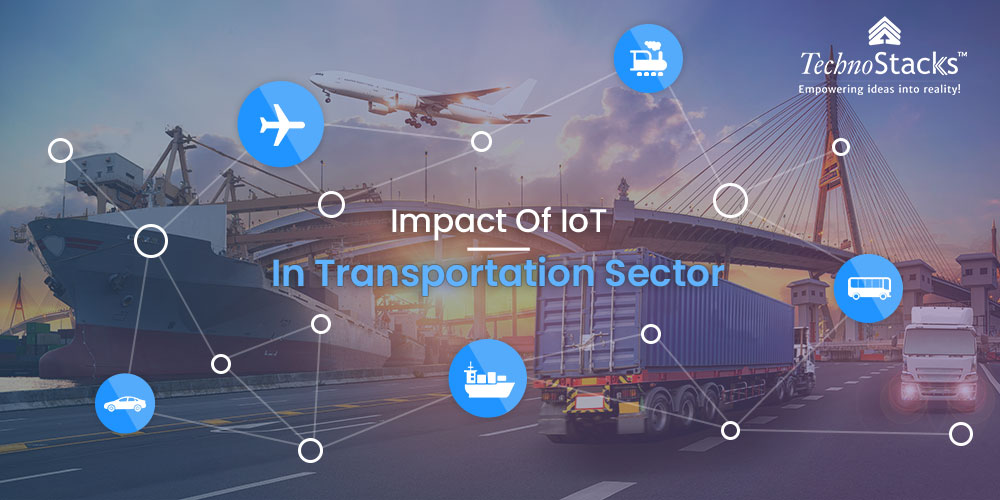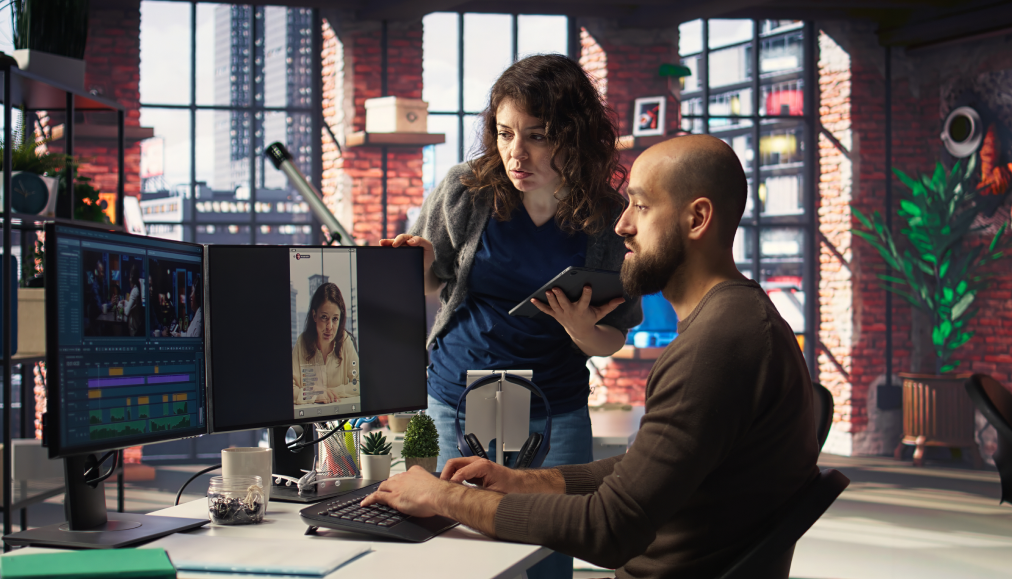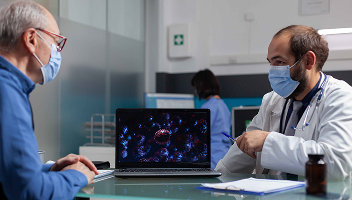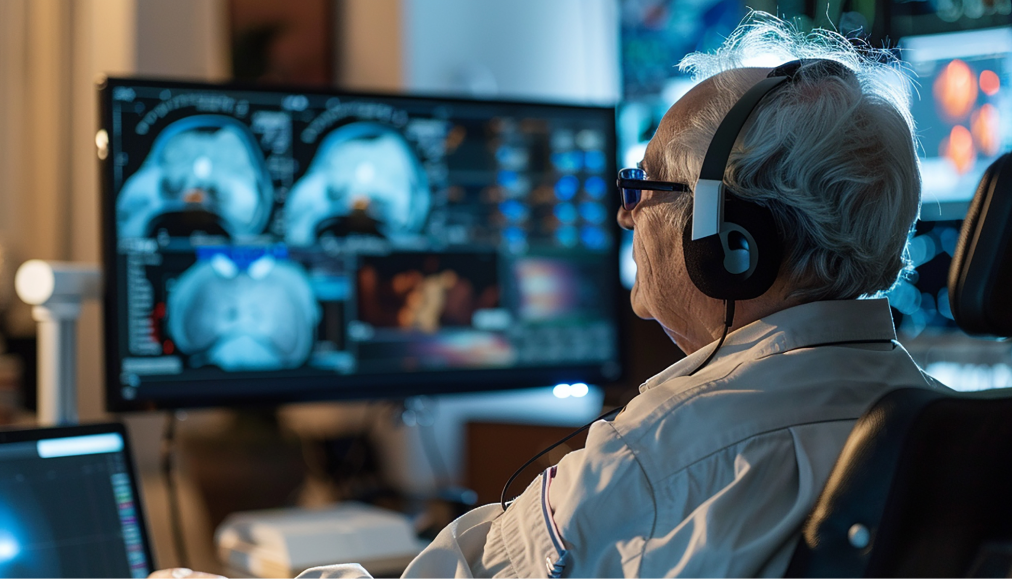How Will The Internet Of Things (IoT) Influence Transportation Industry?
In recent years, the transportation industry has turned out to be a 2nd largest segment investing in advanced technologies like the Internet of Things (IoT). As per estimations around $78 billion has been spent so far, and further money will be invested in transportation domains. Hence, huge investments will transform the ways we see public transportation, logistics, geo-fencing, vehicle health, and fleet management in the coming time. So the question arises, how will IoT affect and influence the transportation industry? Read on for some IoT use cases in the transportation industry.
-
Fleet Management
Real-time fleet management is something that many business leaders look for because it would help in making real-time business decisions and reap greater benefits. Some of the features that IoT provides for fleet management are GPS tracking, customized dashboards, and geo-fencing.
With GPS tracking, you can monitor and manage all assets, which will help improve safety and security. You will also be able to reply your vehicle’s route history, so you know exactly which driver has driven which vehicle. One can also track where it has traveled, and all of its rest stops. So, you will be able to relocate unused assets and improve your return on investment.
-
Internet of Things Public Transportation
Many believe that public transportation is not as precise or as safe as it can be. This is one of the key things that can be helped by developing IoT in travel and transportation. As discussed in fleet management, it is possible to track which vehicle is where and what time it is scheduled to arrive. Also, it monitors how late it is running with the help of the internet of things public transportation.
Internet of things public transportation has also enabled re-routing features. So that if a vehicle cannot reach a place at the designated time, then people can make alternate arrangements. All in all, IoT in travel and transportation has not just made it safer, but also faster.
-
Smart Inventory Management
The impact of the IoT on transportation has allowed operations and logistics managers to receive information across the warehouse, distribution, and production center. Smart inventory management directly reduces the cost of inventory, improves predictive maintenance, reduces management errors providing sufficient data through IoT sensors and systems.
-
Faster Routes
Maps often show the shorter route, but would you know if a route has been closed off due to some construction work or perhaps road repair? The impact of the IoT on transportation helps provide real-time updates on such issues. Not only that, but it also provides real-time traffic updates by integrating with the GPS system, which helps you deliver goods faster or reach your destination sooner.
-
The Health of the Vehicle
IoT in transportation will also help to maintain the health of the vehicle, and this will happen with the help of onboard diagnostic ports (OBDs) that have been installed in cars. The better you can maintain your vehicle, the longer it can serve you. The world is moving towards autonomous vehicles, which makes maintaining vehicles all the more difficult.
By utilizing the IoT technology, you can monitor the vehicle’s health. Inspections can be scheduled in real-time whenever a problem occurs. So that the vehicle is not running when it is not in its best condition because that would lead to further damages.
If the problem occurs during transit, then alerts can be sent to the driver as well as the owners to ensure that no more issues occur. The driver could stop and seek help or at least take the vehicle to the nearest repair shop.
-
Geofencing with the Help of IoT in Travel and Transportation
Geofencing can help determine if the vehicle is going off the designated route. A geofence is a virtual perimeter that can be configured for a real geographical area. For example, a geofence can be configured to prompt mobile notifications if a vehicle is entering an unauthorized area. It can also help trigger targeted messages, advertisements, disable certain technology, etc.
Geofencing can be used for smart inventory management, internet of things public transportation, securing some geographical areas from the general public.
-
Predictive Analytics
IoT in transportation vehicles collect a ton of data and transmit them to centralized systems for greater analysis. IoT can definitely tell you, in real-time, when something has gone wrong with the vehicle. It can provide mobile alerts and notifications, as mentioned above.
But that’s not all! With the information that the IoT in transportation devices transmits, it is possible to predict the problem before it even occurs!
This helps companies and corporations develop effective business strategies, make smarter decisions, and manage risk better.
-
Self-driving Vehicles
It is envisioned that self-driving vehicles will develop into a norm in the near future. Many metros are already self-driving. With IoT in transportation, it becomes easier to track these vehicles, monitor their health and make public transportation easier. Further it reduces the overall traffic; minimize accidents, use geo-fencing to make sure that these vehicles know where they are going and much more. All of these features already exist; it is only a matter of time before they are adapted for cars, buses and trucks.
-
Drone Based delivery
In the logistics industry, it is a commonly known fact that drones have the highest potential to improve speed and efficiency. With business process automation, drones can help in smart inventory tracking, and transport goods faster and definitely solve last-mile delivery problems. Gartner estimates that the drone market would reach $11.2bn by 2020.
-
Vehicle Ownership
One not-so-talked about the application of IoT in transportation is the transformation of vehicle ownership. According to a study, car ownership is predicted to decrease by 80% before 2030. Consumers prefer using ride-sharing platforms such as Uber and Lyft. Mercedes parent company has partnered with Car2Go so that users can unlock vehicles and drive them within certain boundaries. This is not possible without the use of geofencing and vehicle tracking with the help of IoT in transportation.
Key Takeaways
Many business owners can benefit from IoT in transportation, especially if their business model requires logistics and inventory management. All it requires is the development of a mobile application that is integrated with the GPS tracking system.
The mobile application would be configured to provide features such as geofencing and message alert systems. An IoT mobile application development company can be hired to develop and integrate this app to help make better business decisions. It is the best way to beat the competition and make future proof decisions!
At Technostacks, we deliver dynamic and scalable IoT solutions with pioneering business models that lend a hand in boosting business productivity as well as brings in operational supremacy.
If you want to integrate IoT in your transportation business then you can inquire us or mail to info@technostacks.com. We will give you the best assistance of IoT use cases for your transportation business.








